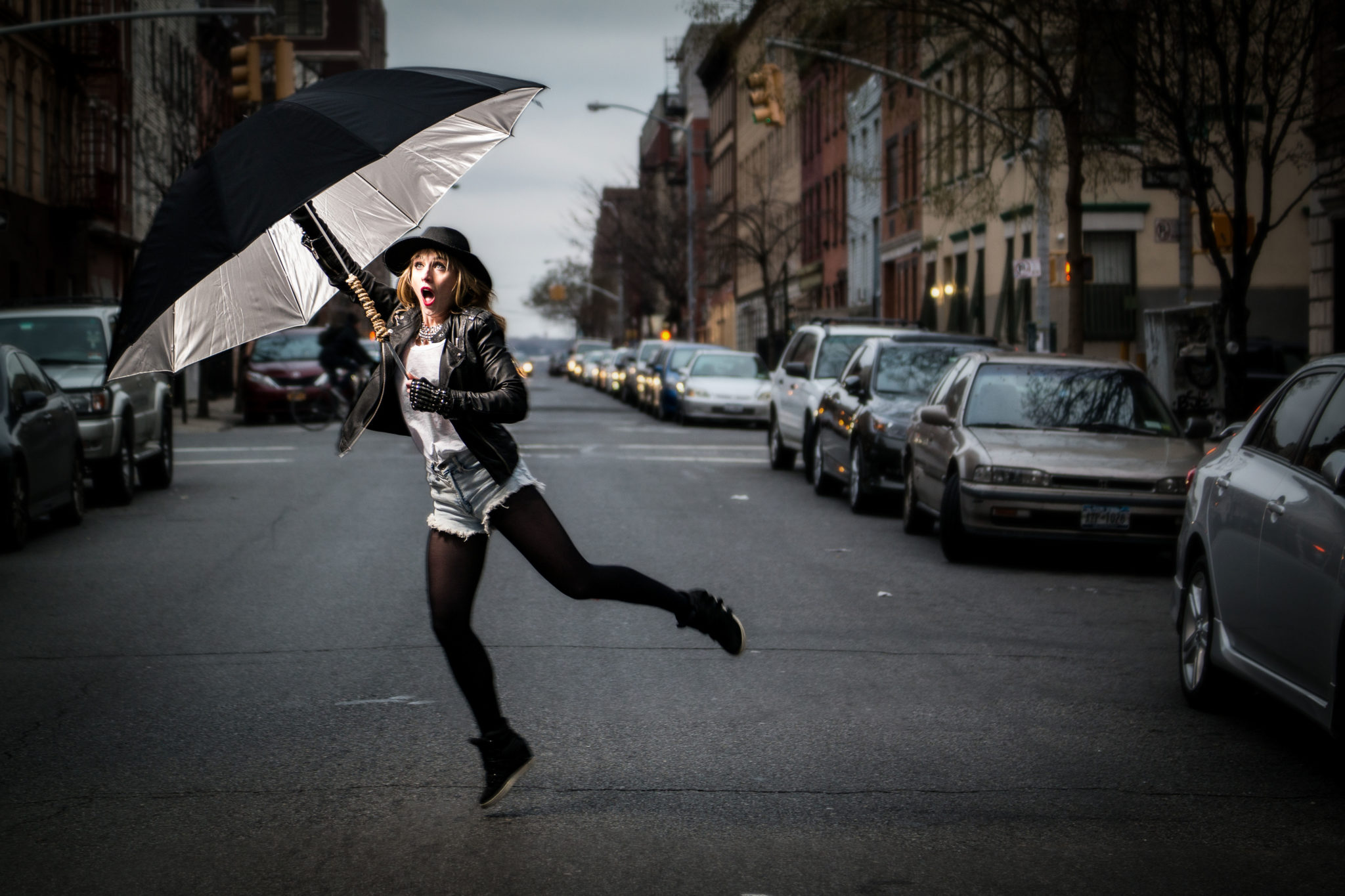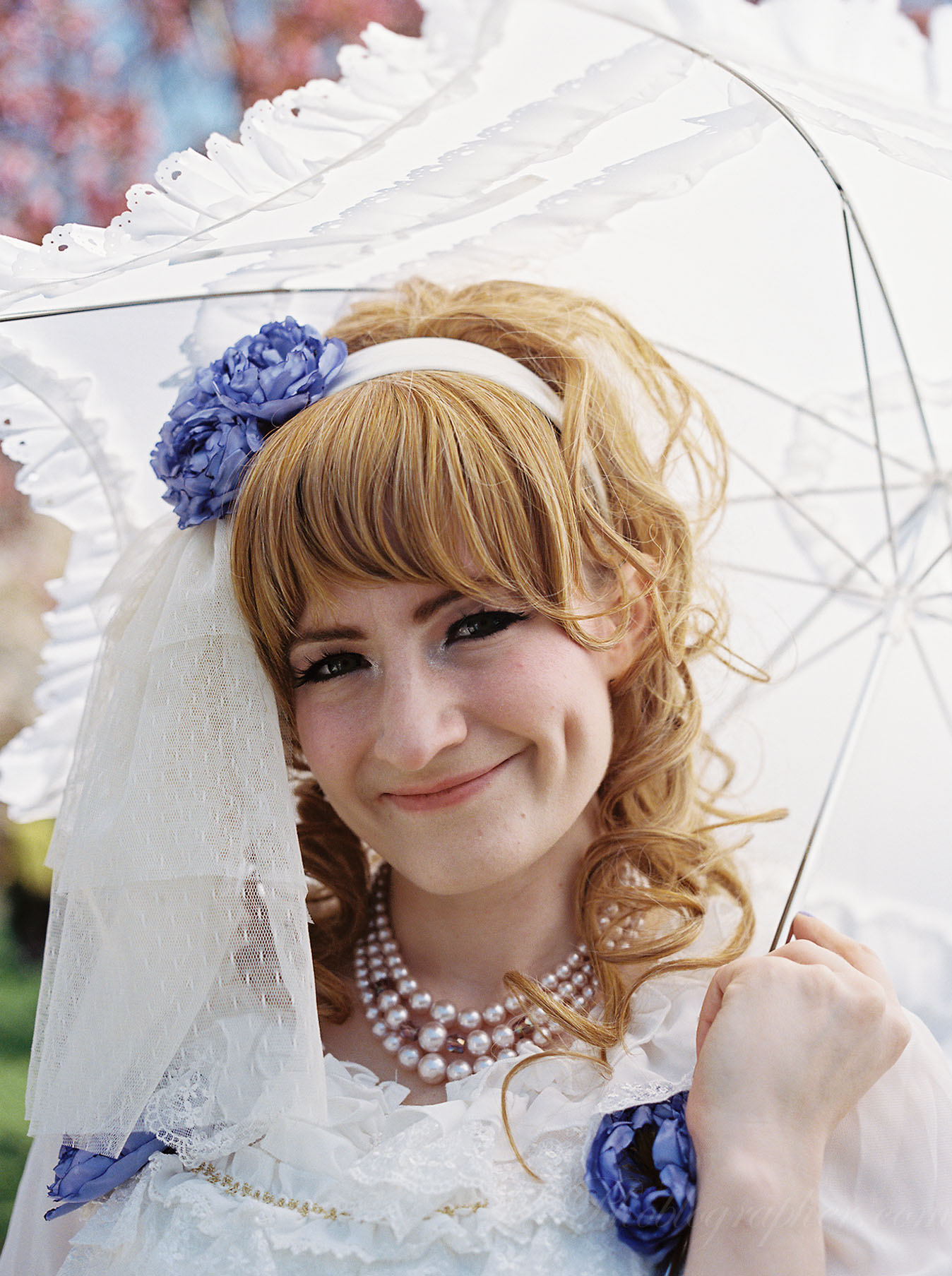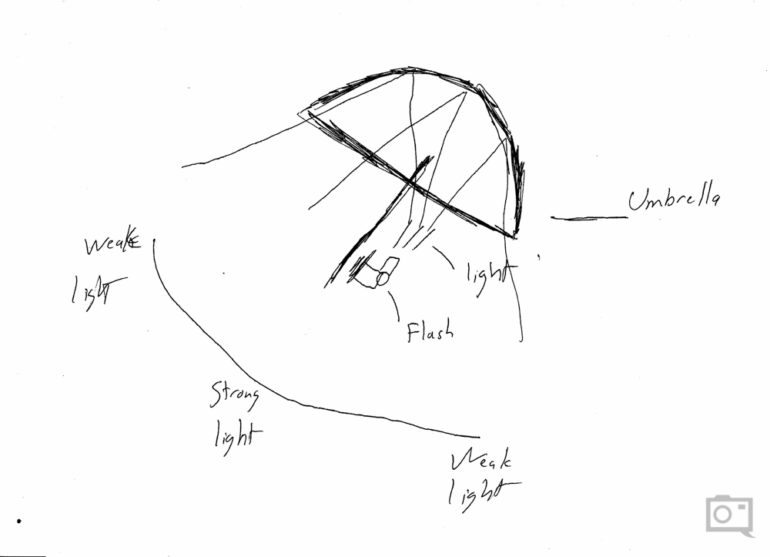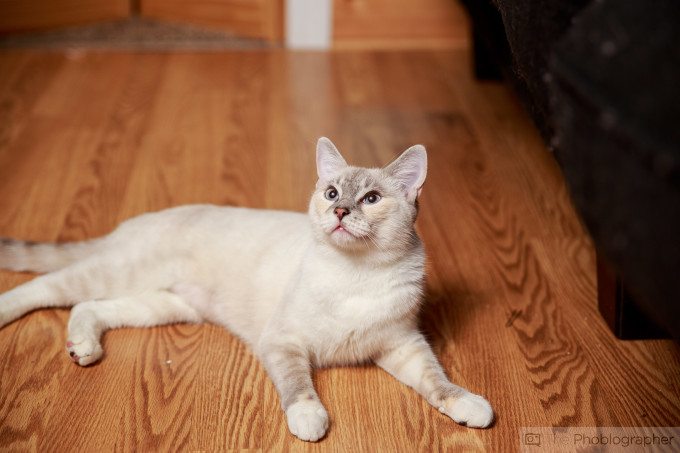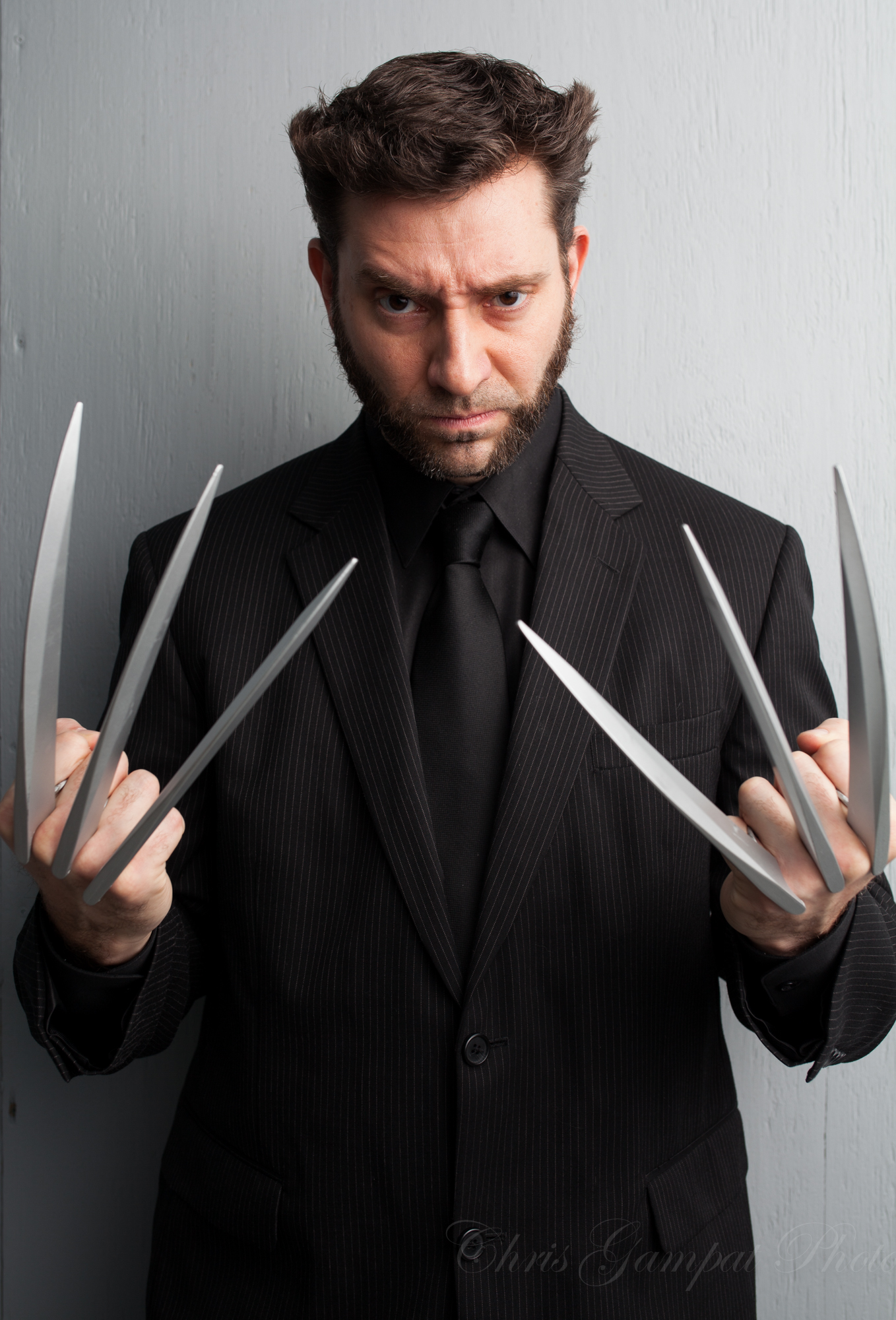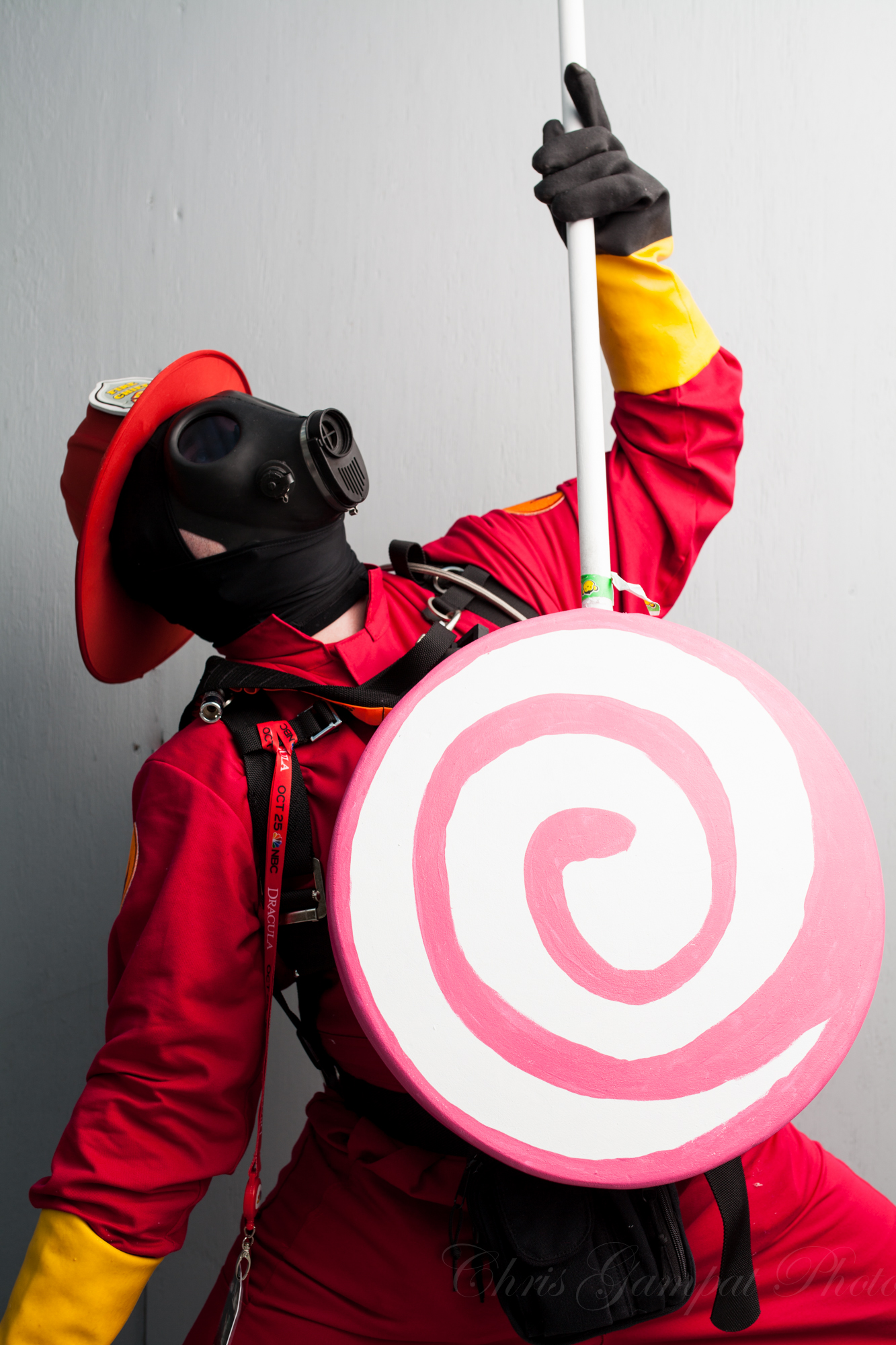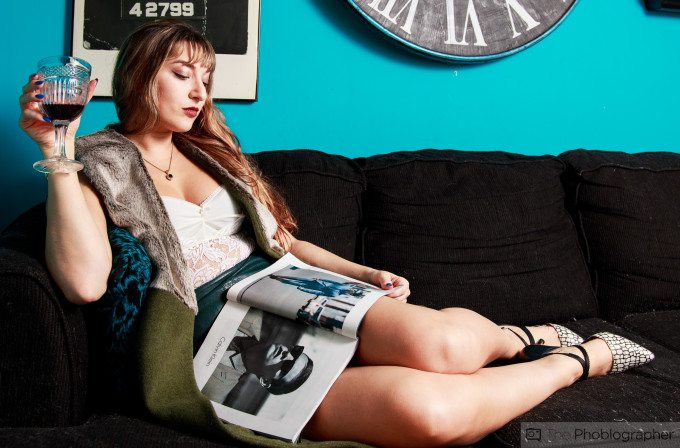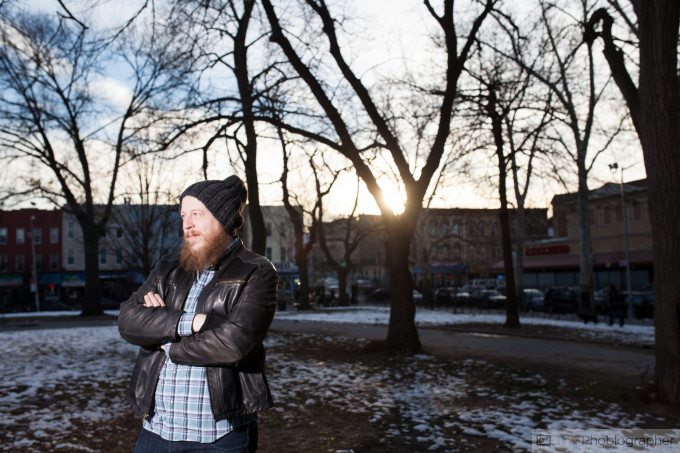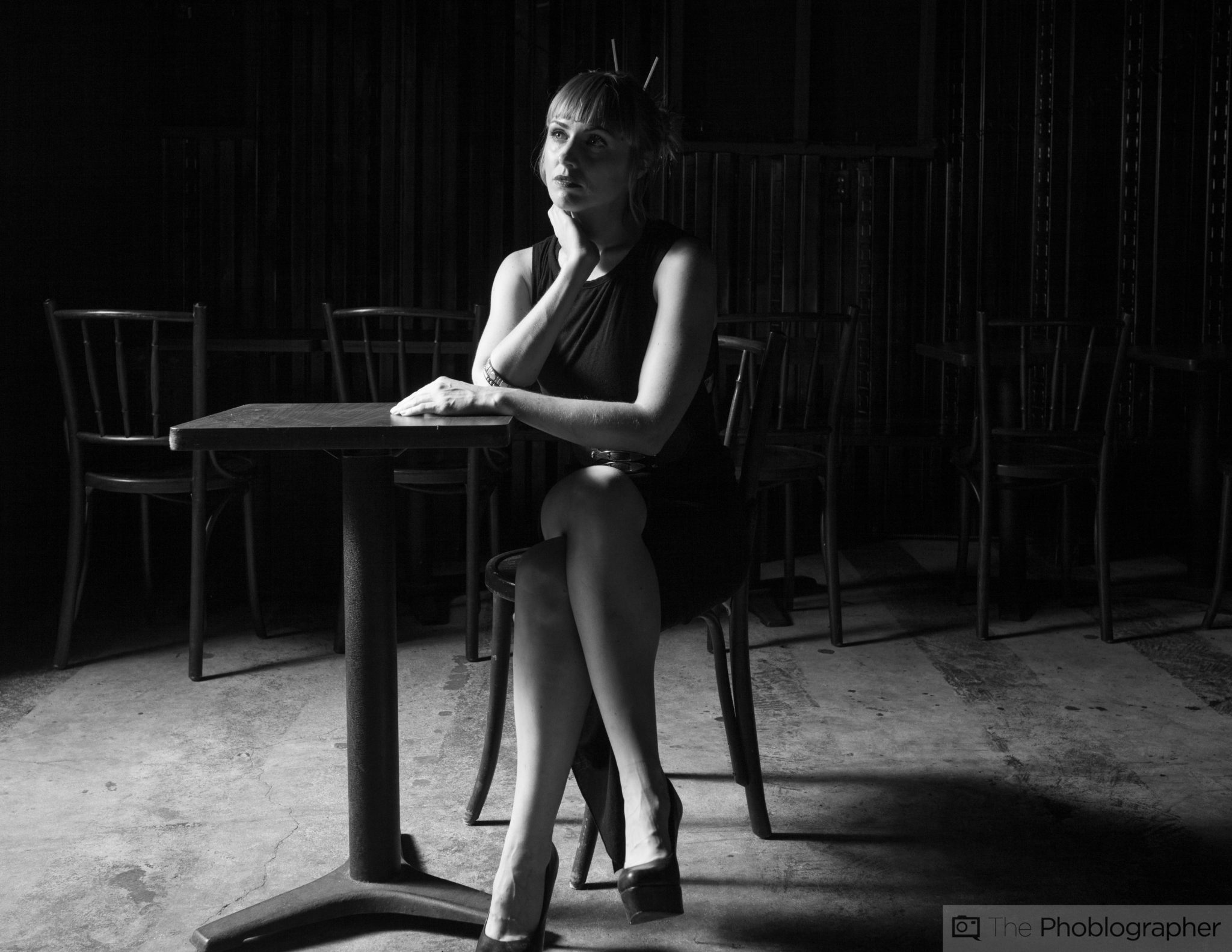Last Updated on 08/27/2016 by Chris Gampat
As my portraiture has evolved over the years, the mainstay of my kit remains to be large umbrellas. The light modifiers are incredibly adaptable, give off a beautiful look, and are very portable in addition to being useful for creative applications. Umbrellas are so versatile that they’re used be a variety of photographers: fashion, wedding, studio portrait, food, etc. After softboxes, they’re probably the ones with the most versatility and popularity overall.
Part of their popularity has to do with how they work and just how effective they can be at delivering a variety of looks.
Variations of Umbrellas
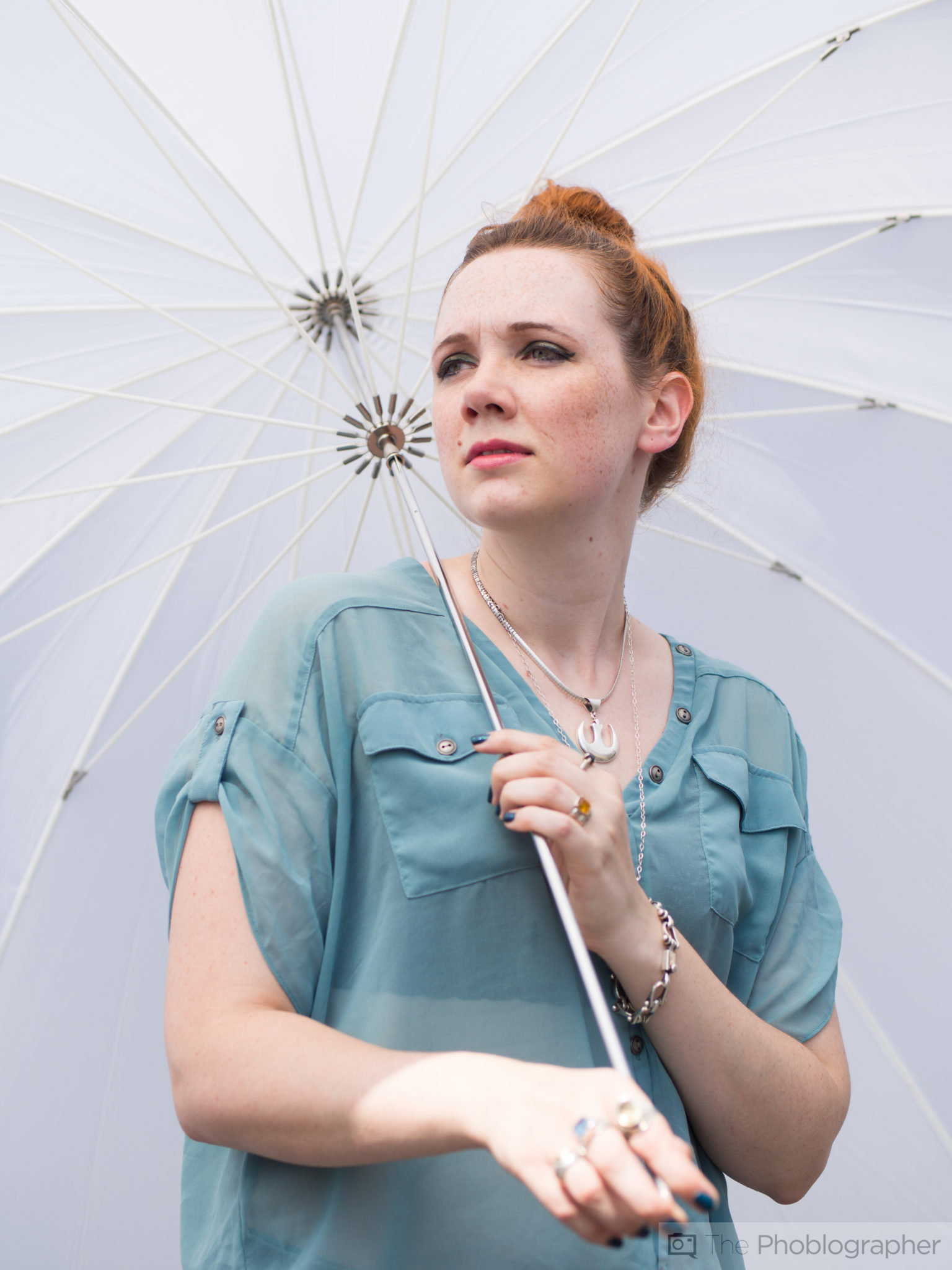
Model: Kristen Sirotta
- Shoot through: These umbrellas take light and diffuse it accordingly onto the subject. In the image above, you can see how I used it as a cool prop! The otherwise very harsh lighting from the sun would’ve created hard shadows.
- White interior umbrellas: These umbrellas take the light bouncing around their interior and reflect it back out. The white interior is great for skin generally.
- Silver interior umbrellas: The extra crispy details rendered from light bounced off of a silver interior is usually pretty specular.
The above image is one of my favorites, and demonstrates the great use of an umbrella. Of course, it also helps that Kodak Portra in medium format varieties is pretty amazing.
Generally speaking, both white interior and silver interior umbrellas can have their light output softened with a diffusion sock. This makes the light operate a bit more like a softbox does.
How Does an Umbrella Work
Umbrellas in general are highly regarded for doing one thing very well: taking light and making it soft and inefficient/not directional. With the exception of softness, it’s the opposite of what a softbox does. While a softbox focuses light in a very centered area, an umbrella spreads it out. The center typically has the brightest light output. As you move towards the sides, the light output becomes weaker because it’s further from the source–which is typically placed at the center. So essentially, to get a different look out of an umbrella, you simply move it back and forth or turn it to the side.
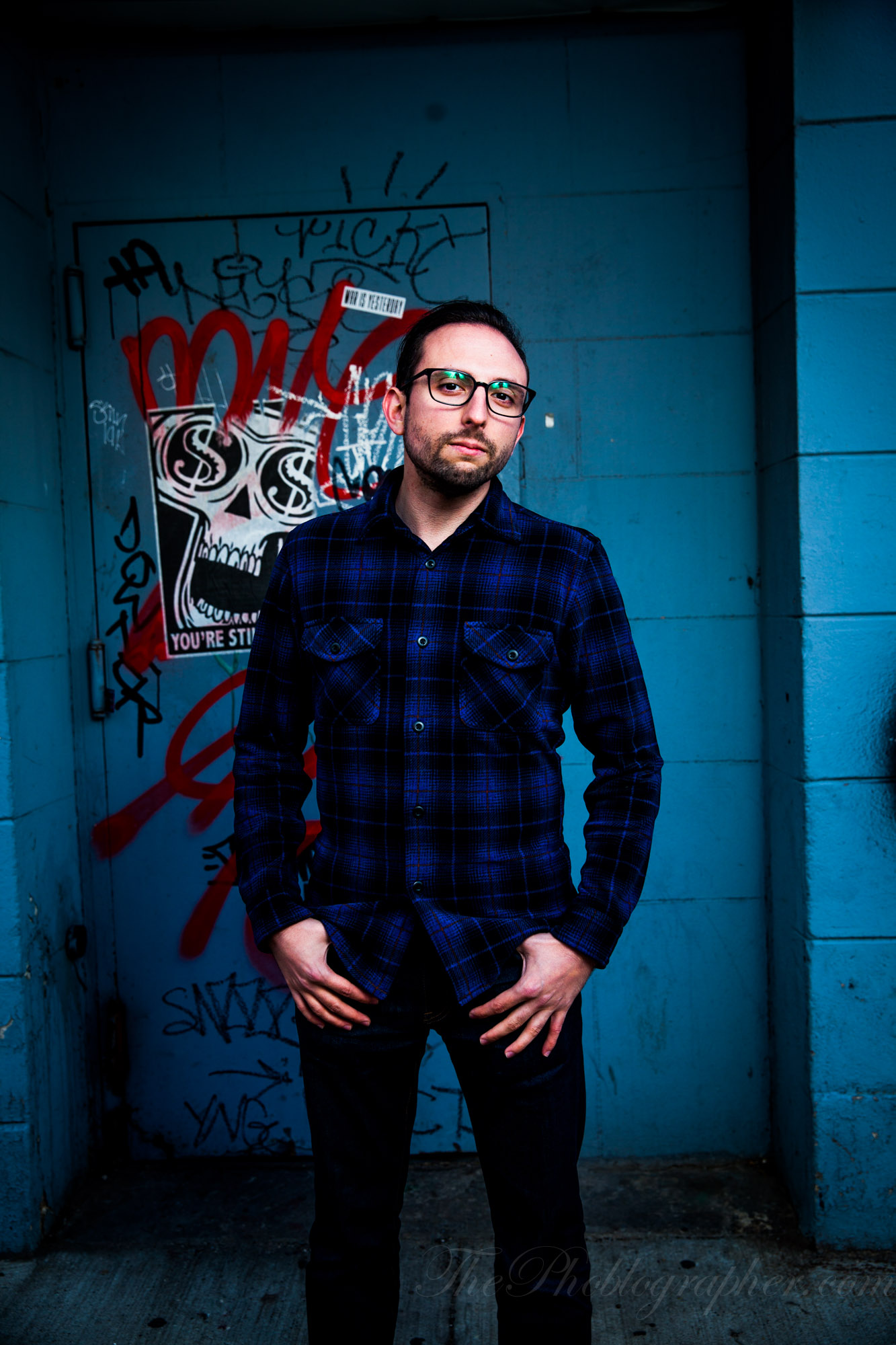
This light typically creates some very beautiful shadows that are otherwise difficult to create with a softbox.
I don’t use umbrellas as much anymore simply because the jobs I do don’t typically call for them. But they’re still my #1 favorite light modifiers because of how much they seem to step up the entire lighting game in the scene.
To show off some more of that light falloff look, I’ve gone into our archives and I’ve pulled loads of images that I’ve shot at New York Comic Con. Take note of how strong the light is at one point and goes to fall off and become weaker towards the edges.
The light is camera right in all the images.Check them out below.
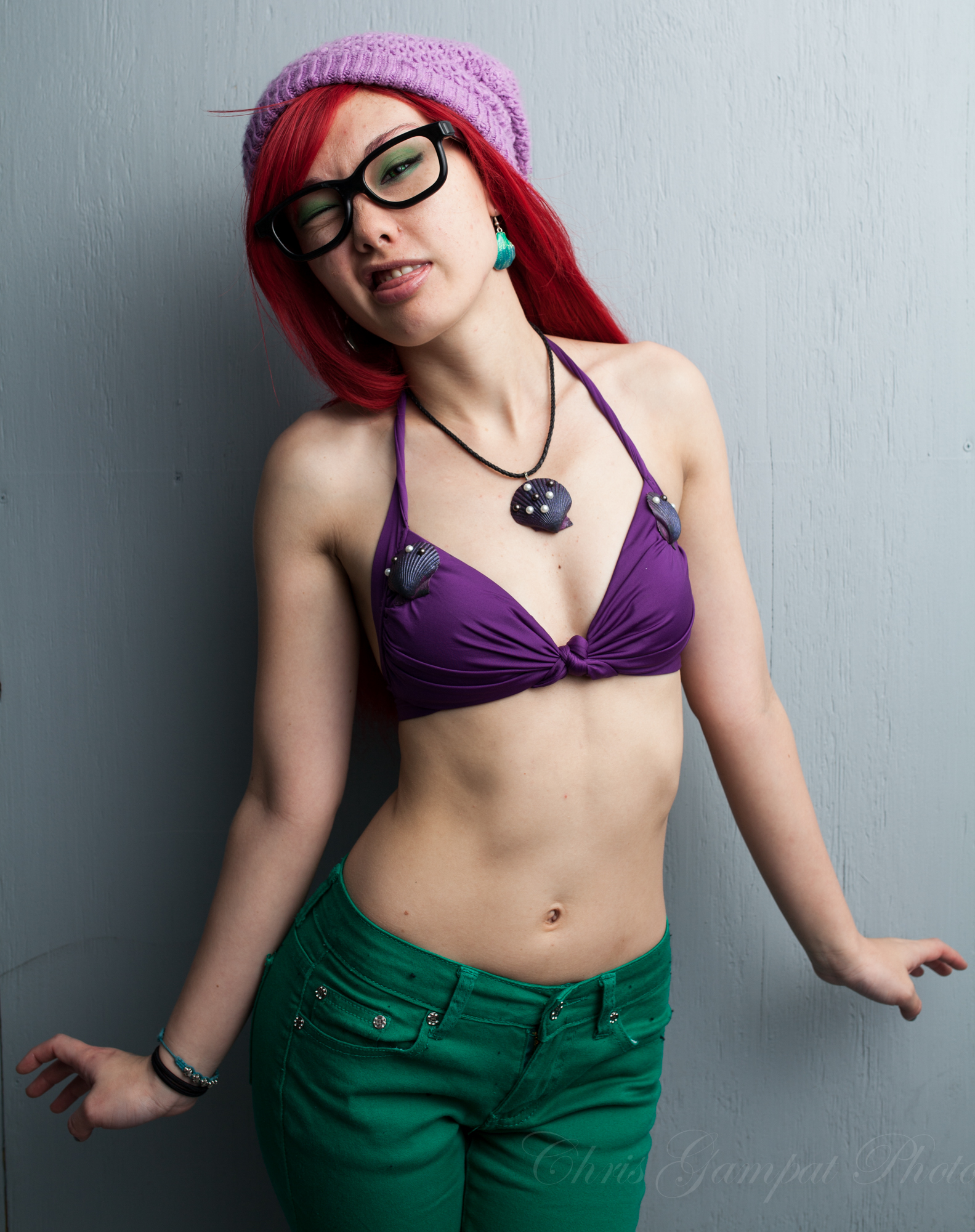
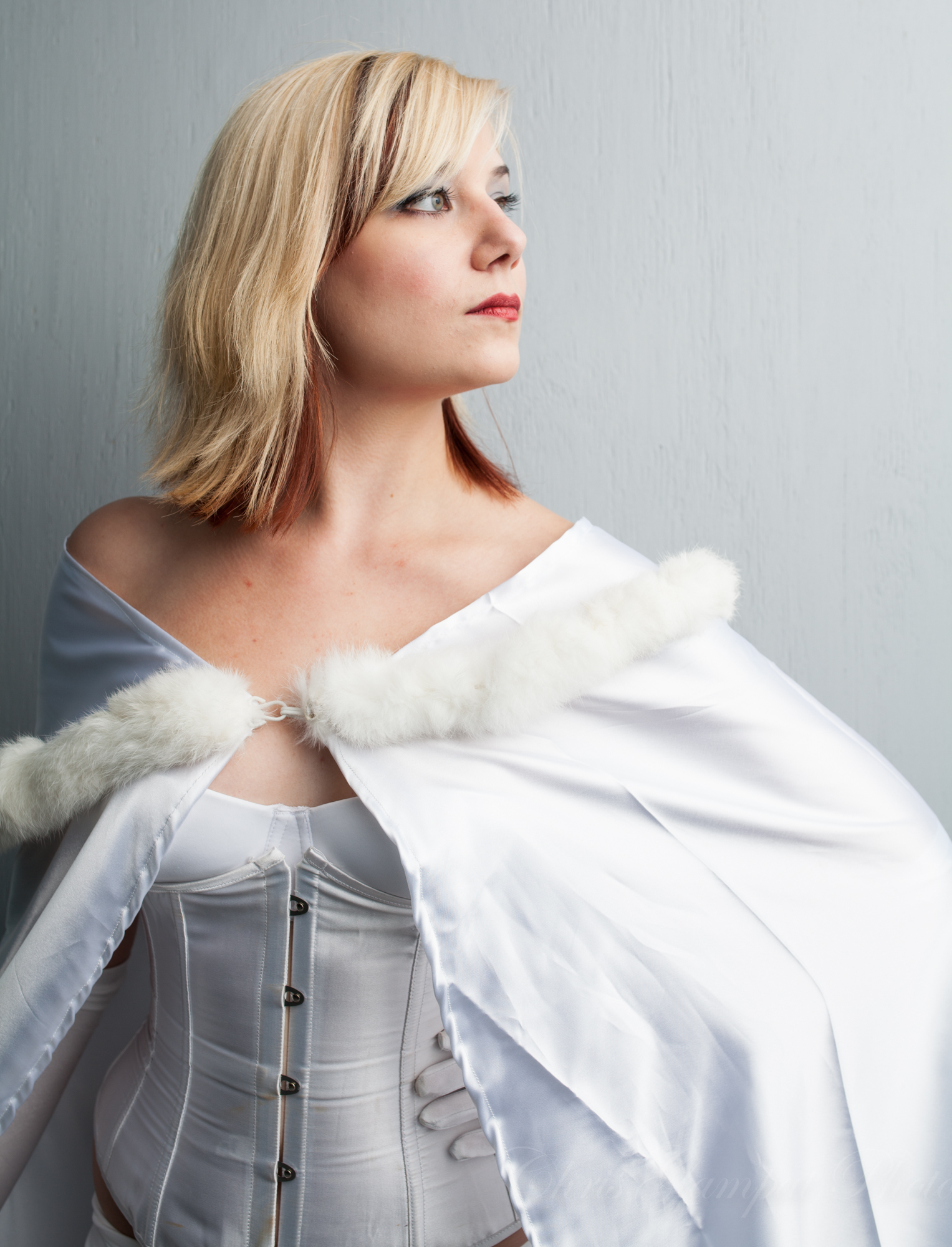
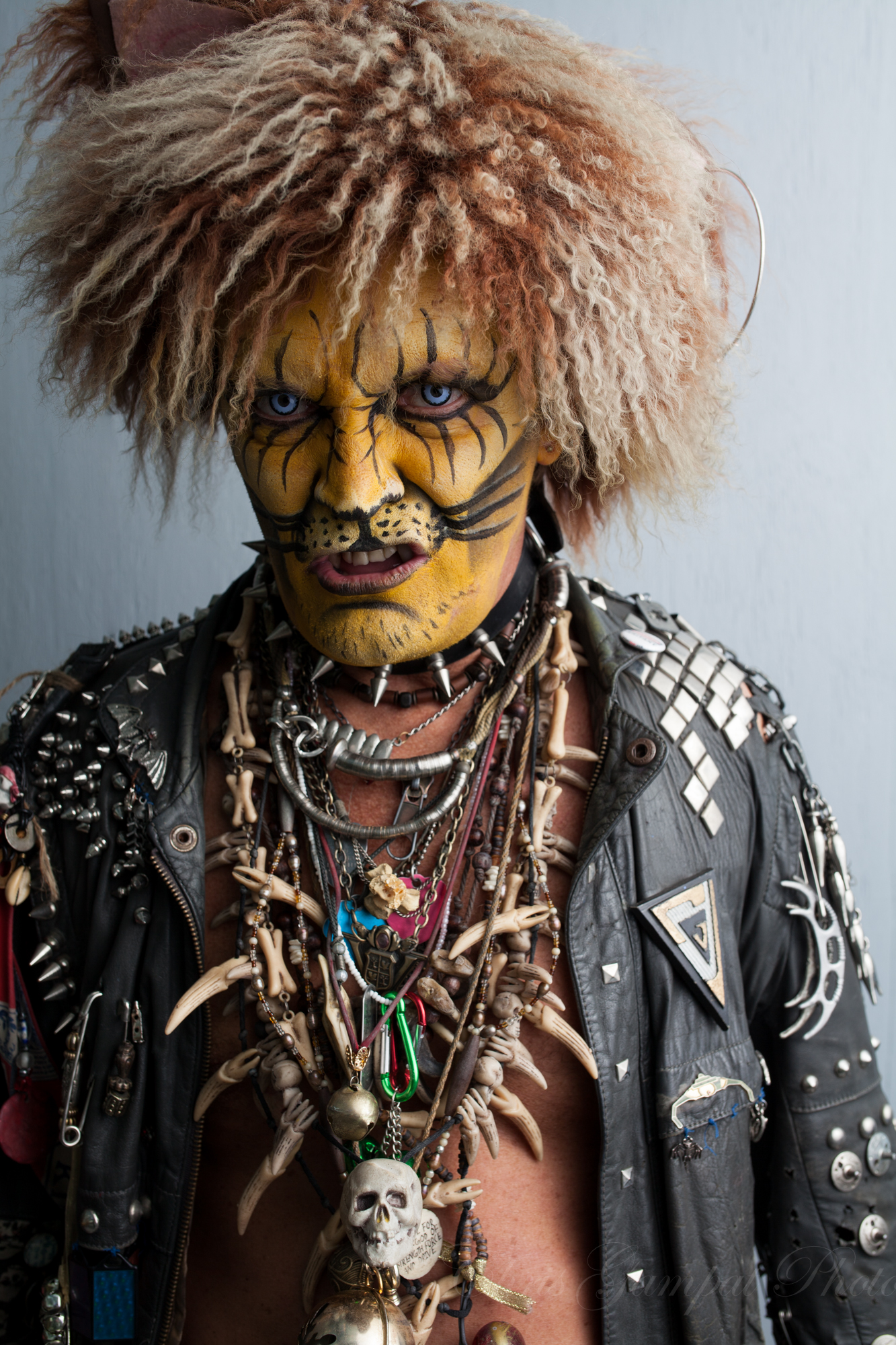
Shape and Size
Typically what I really recommend is using large umbrellas. Six and seven foot umbrellas from Westcott are reliable and affordable. They’ll spread light out over a larger area and because of their size you’ll be able to get a variety of looks from them. The image above you can tell was lit with a monolight and an umbrella from camera right. The light is specular and wraps around Julie very well to illuminate her. To get this quality of wrap around light, you’d need to otherwise have a significantly larger softbox. But the Umbrella takes the light and wraps it around to create a similar effect.
Umbrellas tend to come in two shapes, though how true or not they are to the nomenclature is very debatable.
- Standard umbrellas are shaped in the same way that you’ve been very familiar with for years if you’ve used an umbrella to shield yourself from the rain.
- Parabolic umbrellas can fall into two categories: but when you talk about a parabolic umbrella, it’s often in reference to a very focused light source.
True parabolic umbrellas allow photographers to dial in how much the light spread can be. It can be as narrow as using a snoot or super wide. True parabolic umbrellas are also incredibly expensive. The only company to my knowledge making true parabolics is Broncolor. The rest of the industry doesn’t seem to need them.
Where to Place Them
Now here’s what I really love about umbrellas: how good they are at delivering different looks.
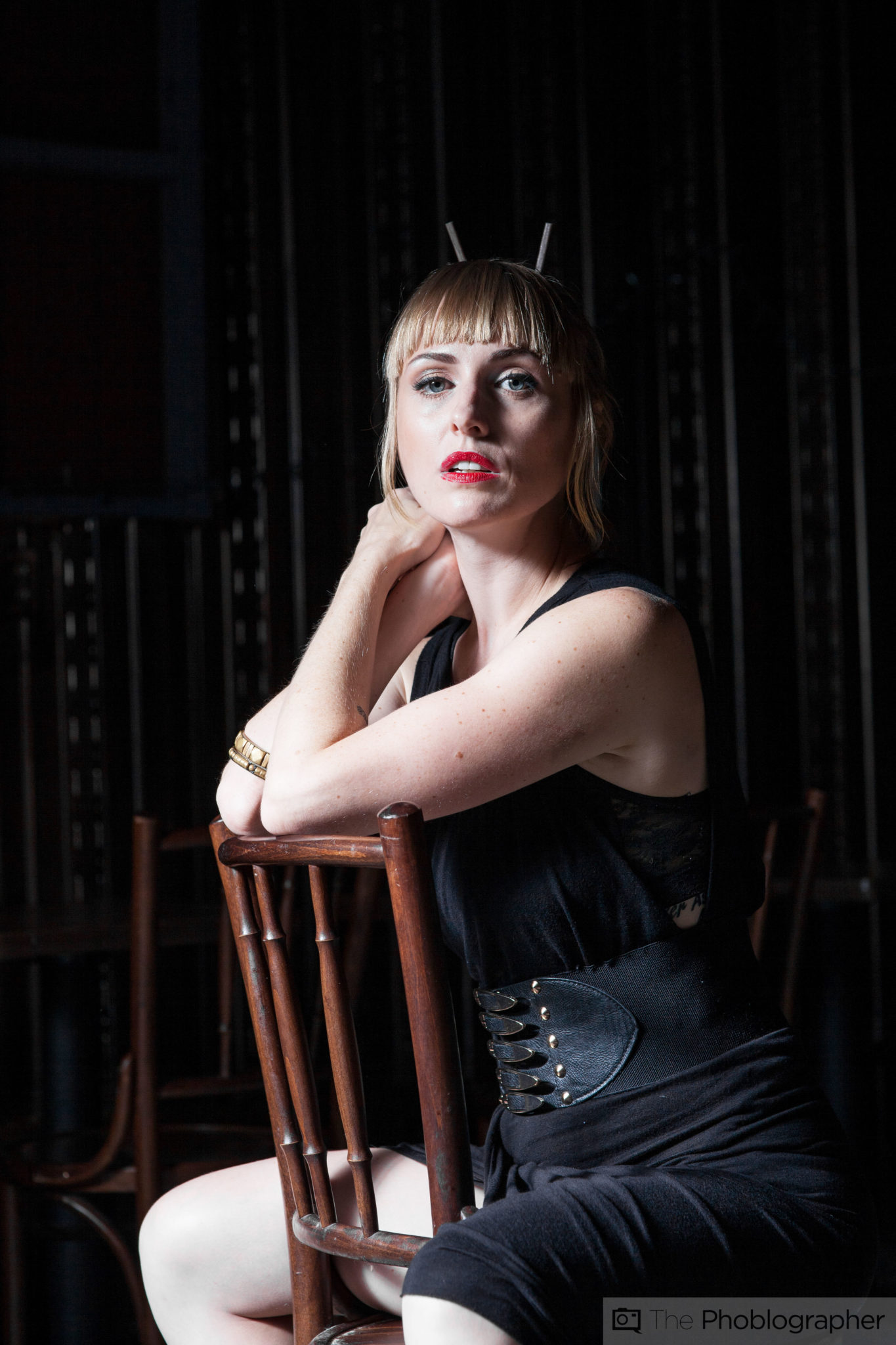
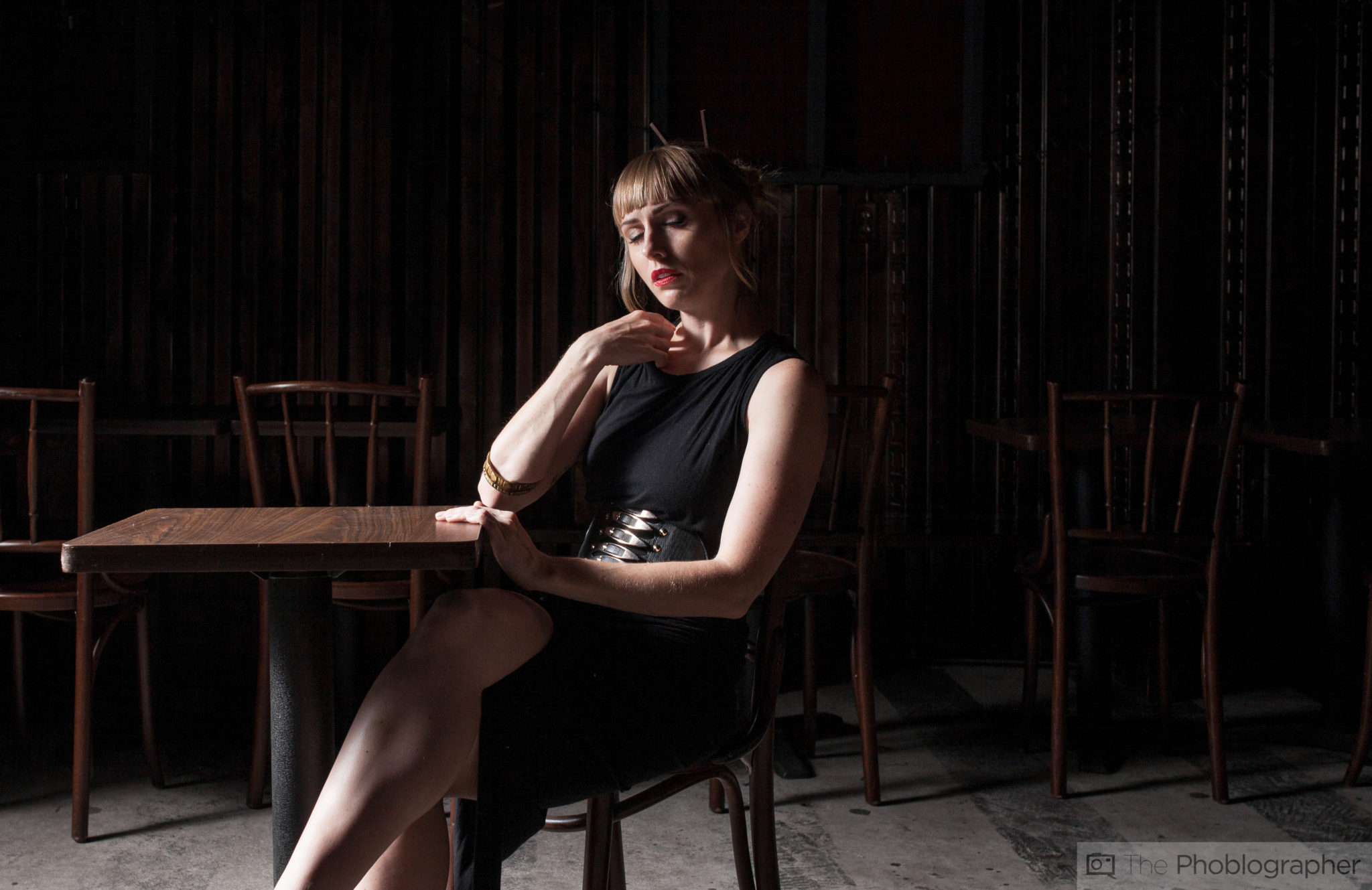
And here’s the light again directly hitting Bec’s side. Again, look at the shadows and where they start to fall off.
As is the case with softboxes and octabanks, I also recommend bigger umbrellas because they allow you to shoot wider scenes. Smaller umbrellas will give more focused output and less inefficiency towards the edges when compared against a larger umbrella providing both lights inside the modifiers are outputting the same amount of light.
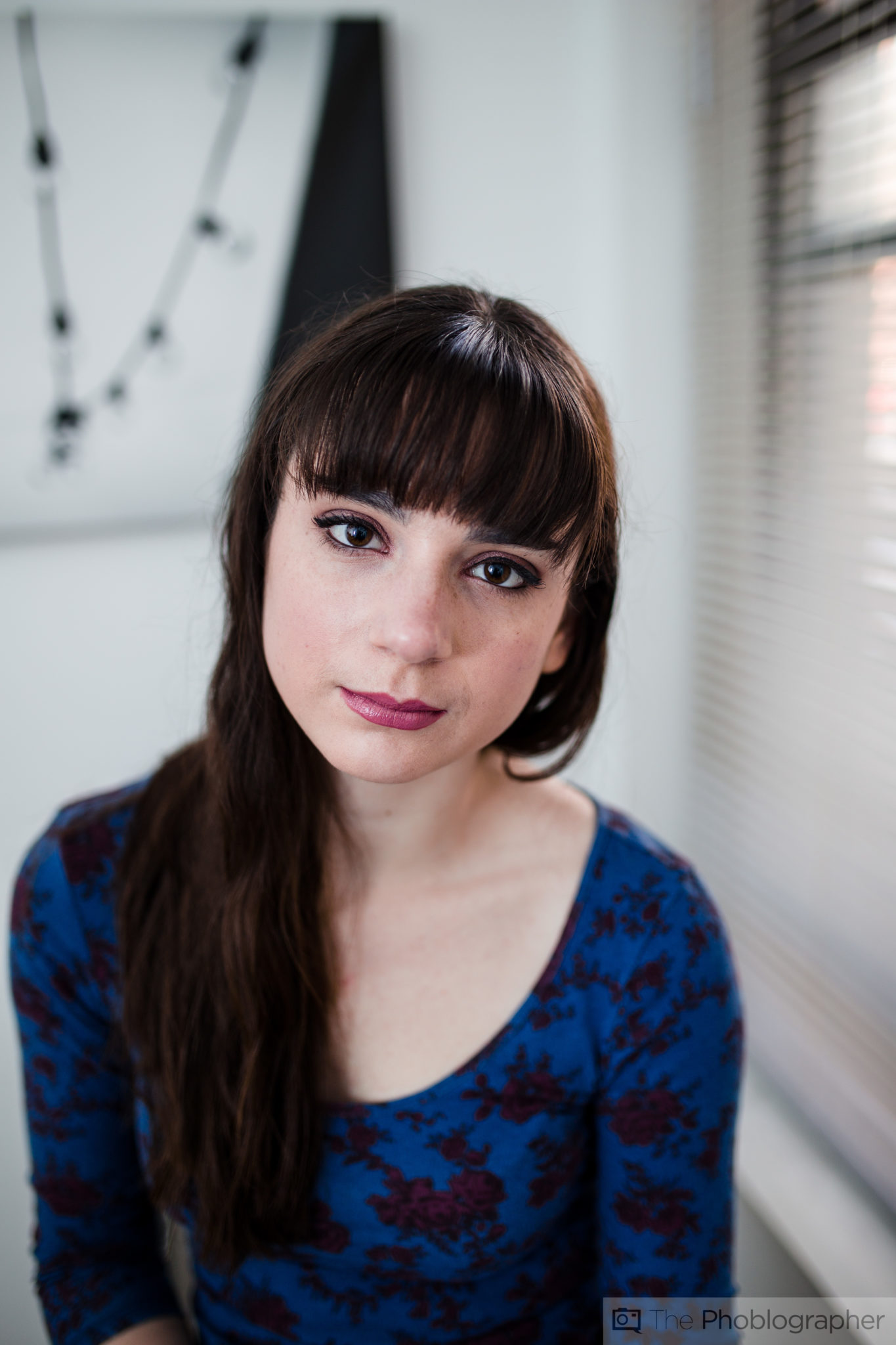
Model: Erica Lourde
That’s why I believe that in general it’s just best to go bigger, though the determining factor here will be the environment that you’re in. It’s pretty tough to open a six foot umbrella in a studio apartment.


